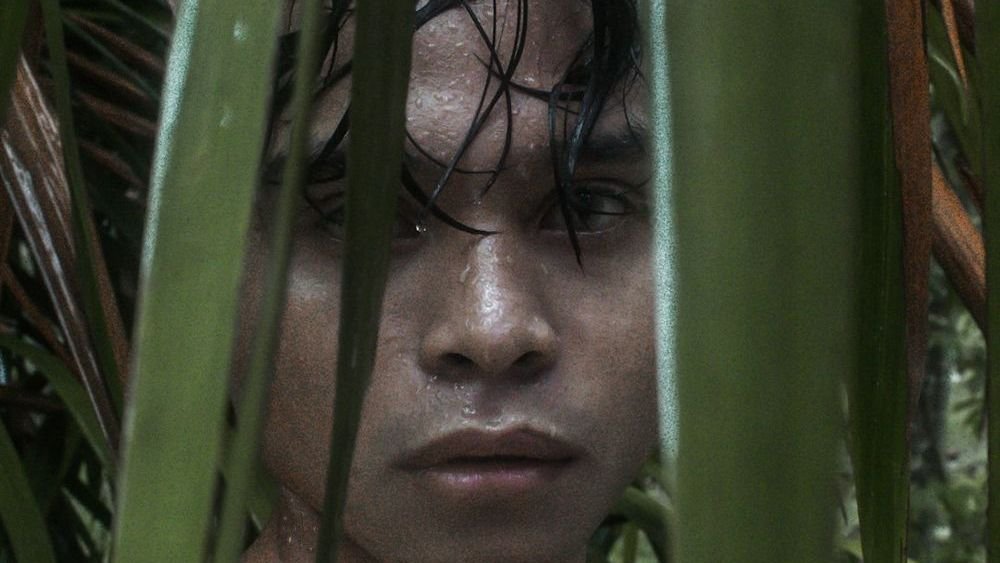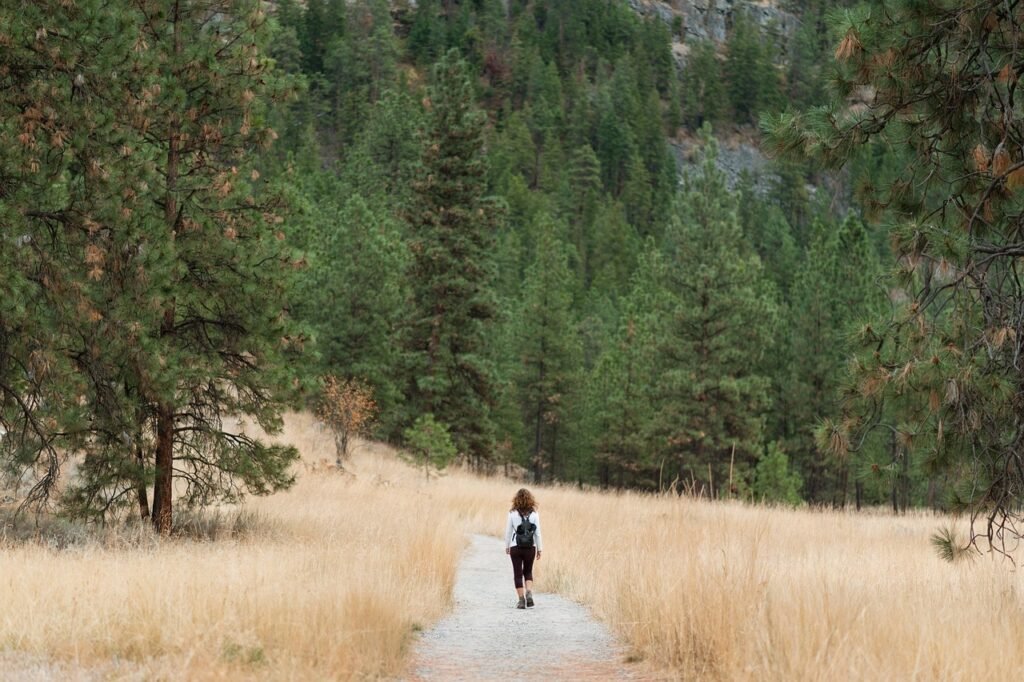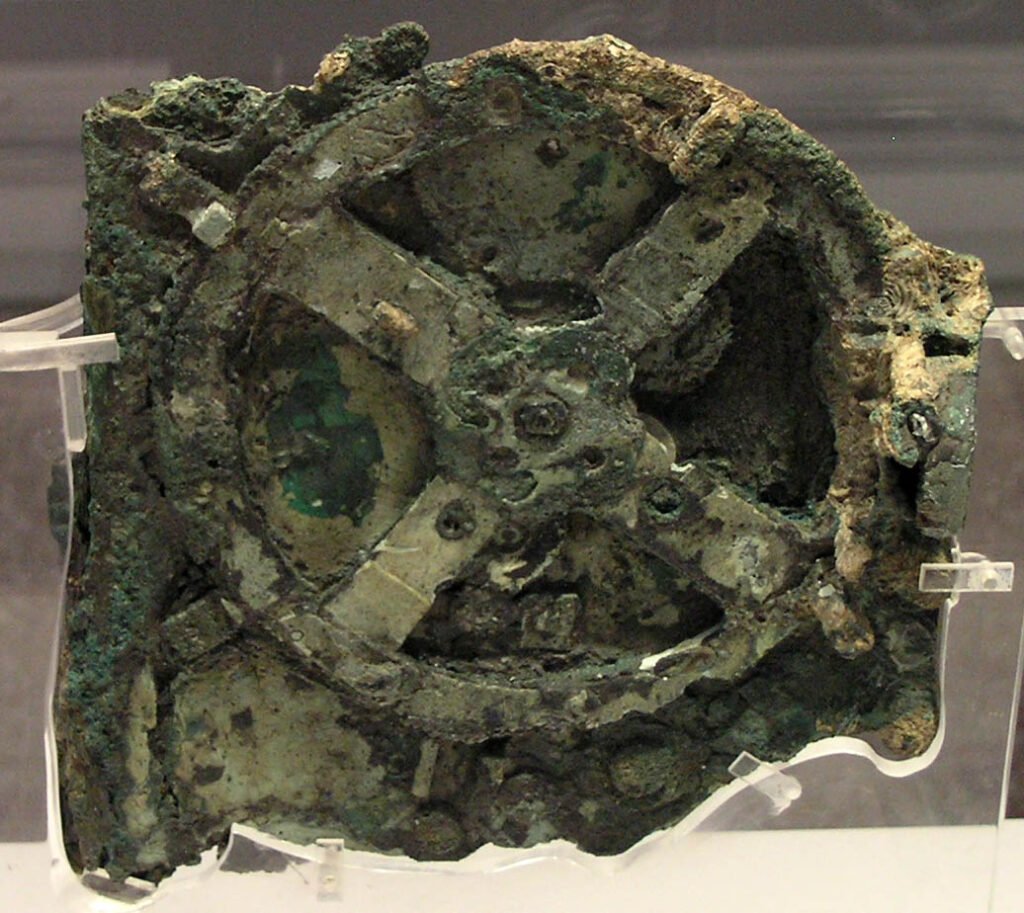On a forested speck in the Bay of Bengal, a community has turned the modern world into a distant rumor. North Sentinel Island sits inside Indian waters, and yet almost everything about the people who live there remains deliberately out of reach. For decades, officials, scientists, and adventurers have all learned the same lesson: the Sentinelese do not want company. Their resistance has forced researchers to innovate, reading the island like a sealed archive rather than an open book. That tension – curiosity pushed up against consent – makes the Sentinelese one of the most compelling mysteries in human science today.
The Hidden Clues
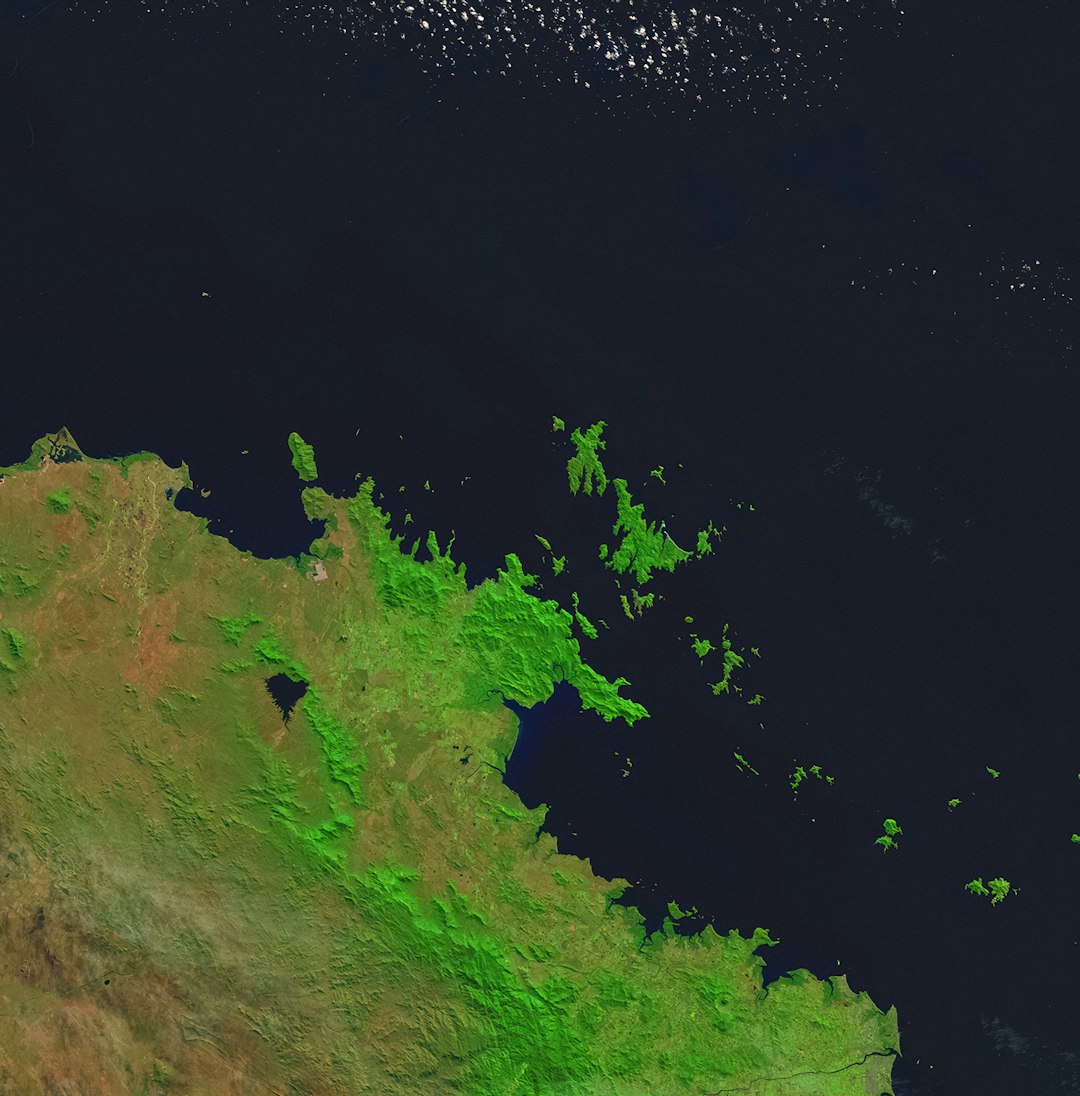
What if the clearest message a society sends to the modern world is a single, resounding no? The Sentinelese have made that boundary unmistakable, turning distance itself into a defense. From offshore or high above, researchers gather fragments: reef-skimming canoes, small leaf-and-thatch shelters, smoke from controlled fires. These glimpses, brief as a heartbeat, become the raw data for cautious inference about diet, tools, and group size.
I still remember freezing a satellite image on my laptop – the shoreline was ordinary, the implication extraordinary. Here was a community sustaining itself without roads, clinics, or cables, and insisting on its own timeline. In a world addicted to contact, their refusal is both startling and instructive. It forces us to ask not how to reach them, but how to respect the space they have claimed.
A Legal Shield
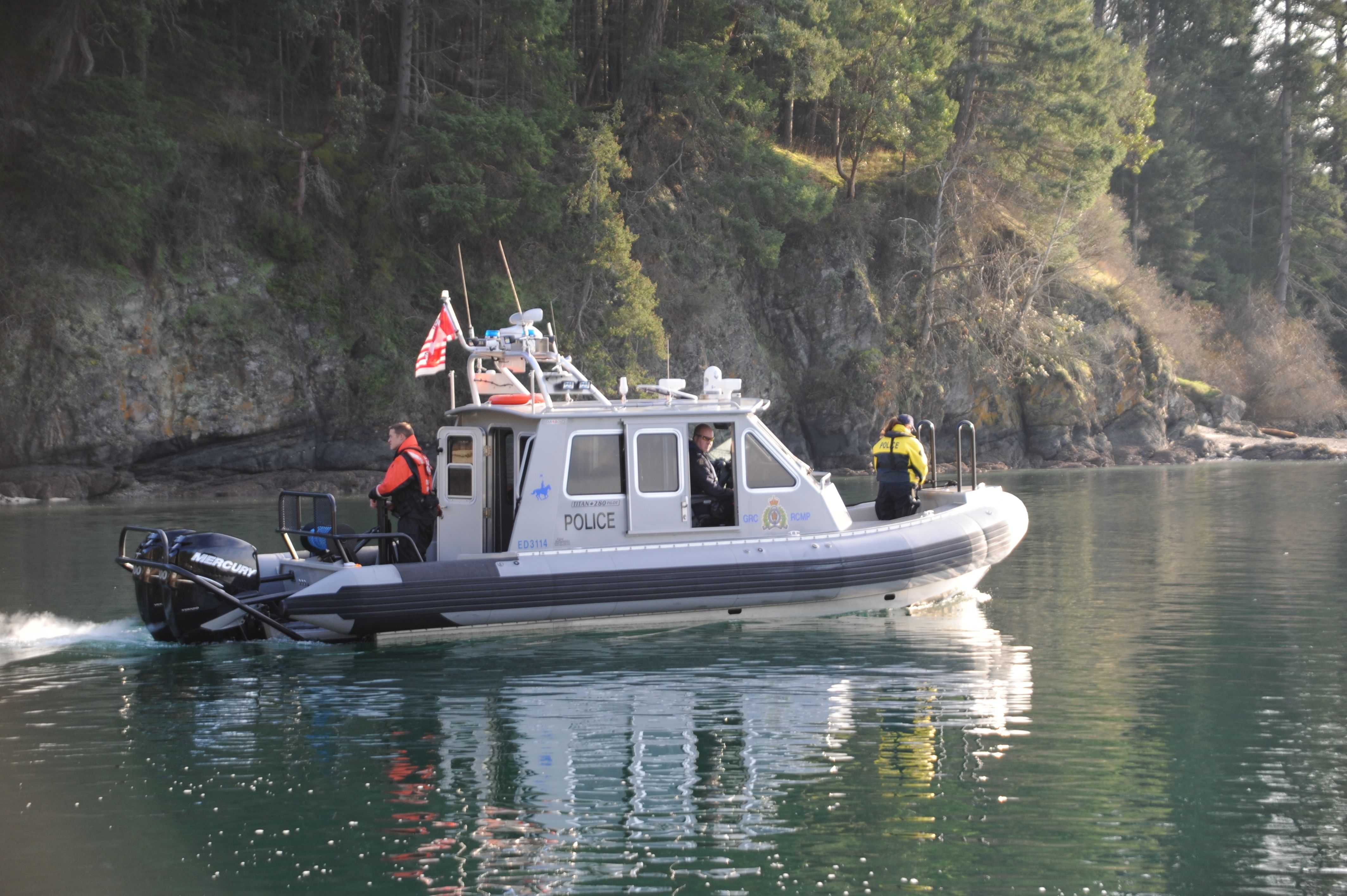
India backs that boundary with law and patrol boats, enforcing a no-approach zone around North Sentinel that extends for roughly several miles. The Andaman and Nicobar (Protection of Aboriginal Tribes) Regulation of 1956, strengthened by subsequent orders, makes uninvited contact a crime and authorizes authorities to keep vessels away. After a period of limited, supervised gift-dropping in the late twentieth century, policy shifted toward full non-contact to guard against disease and outside harm. Today, even scientific efforts are calibrated to observe from a distance or not at all.
That legal shield exists because history is blunt: when isolated peoples meet outsiders, they often meet new pathogens and pressure. The buffer around the island is not just a line on a chart; it is a public-health wall, an ethical stance, and a conservation tool in one. Practical enforcement remains a challenge across rough seas and busy shipping lanes, but the principle holds. The safest contact is no contact.
A Language Without Parallels
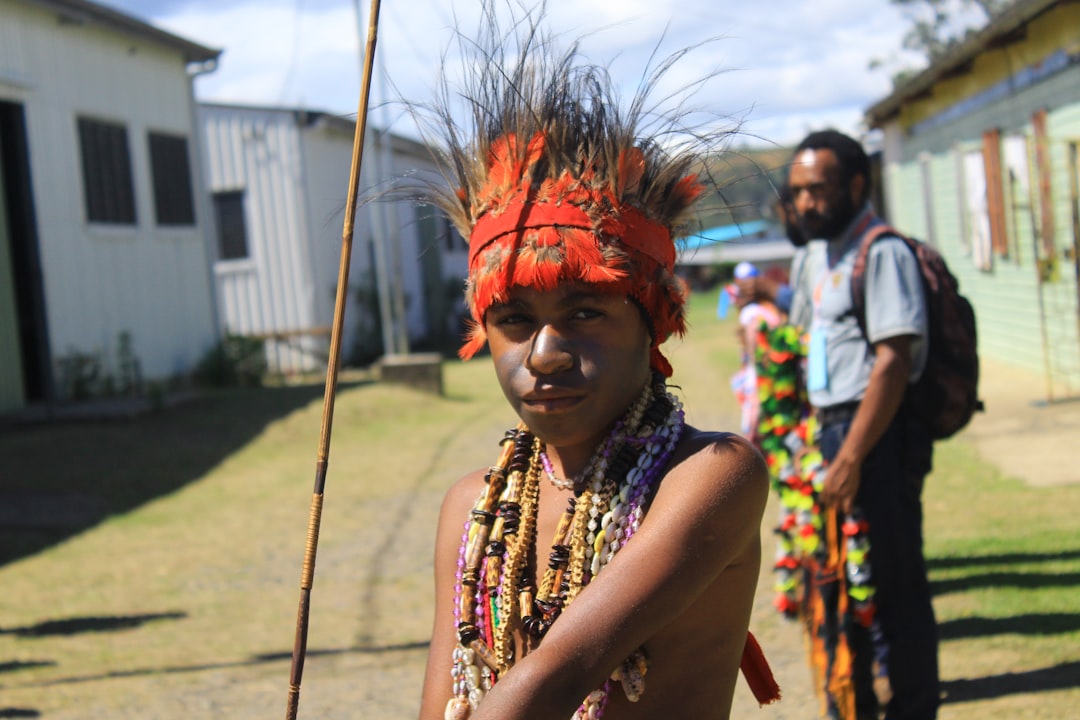
Linguists have no verified recordings of the Sentinelese language, and that absence is extraordinary in an era when almost everything reaches the cloud. The tongue is unclassified; it may be related to other Andamanese families or stand entirely apart. Without a wordlist, grammar notes, or even a reliable phonetic sketch, language science meets a respectful stop sign. That blank space is not a failure of research but an outcome of consent.
Even so, we can learn by analogy. Neighboring groups show remarkable linguistic diversity for such small populations, hinting that North Sentinel may preserve unique sounds and structures. In linguistic terms, an undisclosed system like this is priceless – every morpheme would be a museum piece. The only way to honor that value is to let it remain unrecorded unless the community decides otherwise.
From Ancient Tools to Modern Science

Seen from the surf line, Sentinelese technology looks simple: bows and arrows, spears, adzes, small canoes, hearths. But simple is not the same as static. Scavenged iron from shipwrecks appears in arrowheads and blades, evidence of local innovation at the island’s pace. Toolkits tell a story of adaptation to coral shallows and dense forest – more reef-runner than blue-water sailor, more arborist than farmer.
Modern science, meanwhile, has learned to be humble. Remote sensing outlines coastlines and storm scars, but it cannot decode rituals or kinship. Ethnographic comparison with other Andamanese groups offers hypotheses, not answers, and responsible researchers keep those distinctions clear. The frontier here is methodology itself: how to study without touching.
Survivors of Shock: Tsunami and Beyond

When the Indian Ocean tsunami struck in 2004, many feared the worst for such a small community. Aerial checks soon revealed signs of life and active defense, suggesting that traditional knowledge of reefs and high ground helped them ride out the surge. The episode underlined a crucial point: isolation is not fragility, and local expertise can be remarkably robust against rare, violent events. Later incidents involving trespassing fishermen and an American intruder in 2018 underscored a different lesson – the greatest threat is human, not geological.
These events form a concise ledger of risk. Nature arrives in waves; outsiders arrive with pathogens, cameras, and intentions. The Sentinelese have outlasted both by keeping their circle tight. That choice works because the protective cordon holds.
What We Know of Daily Life
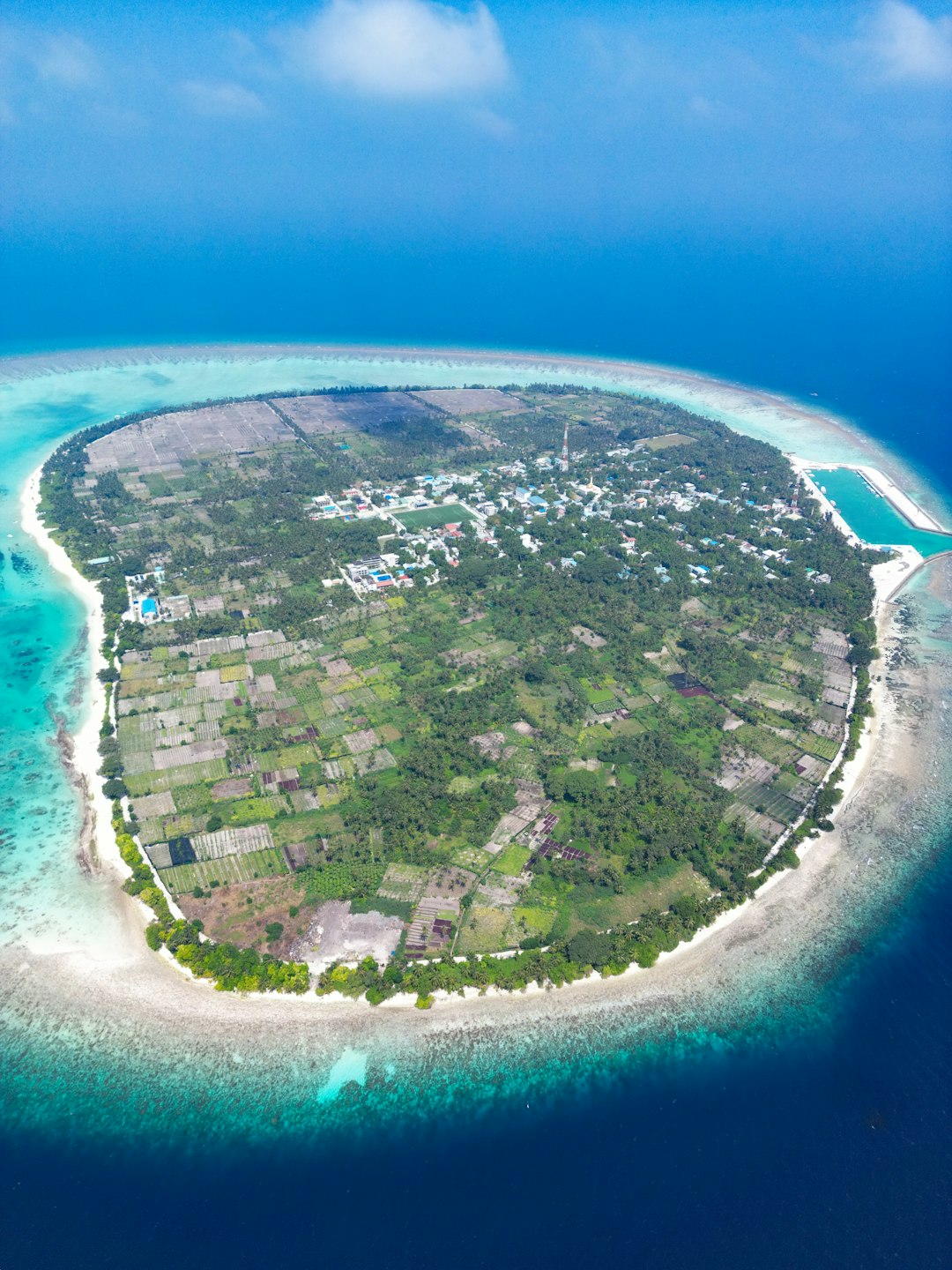
From lawful standoff distances, observers note small hamlets tucked under canopy and a rhythm of shoreline activity that ebbs with tide and season. Diet likely includes reef fish, shellfish, turtle, fruit, and honey, a menu written by the island’s mosaic of mangrove, jungle, and coral flats. Canoes are pushed or poled in the shallows rather than paddled into open sea, matching what the reefs allow. Fire use appears continuous, hinting at careful ember management in a wet, windy climate.
There’s no verified evidence of farming, draft animals, or metal smelting on the island; necessary materials are gathered or repurposed from flotsam. Population estimates vary widely, but officials often describe a small community – perhaps a few dozen to a couple of hundred – precisely because nobody counts them up close. The outline is sketched, the interior deliberately blank. That balance is the point.
Why It Matters
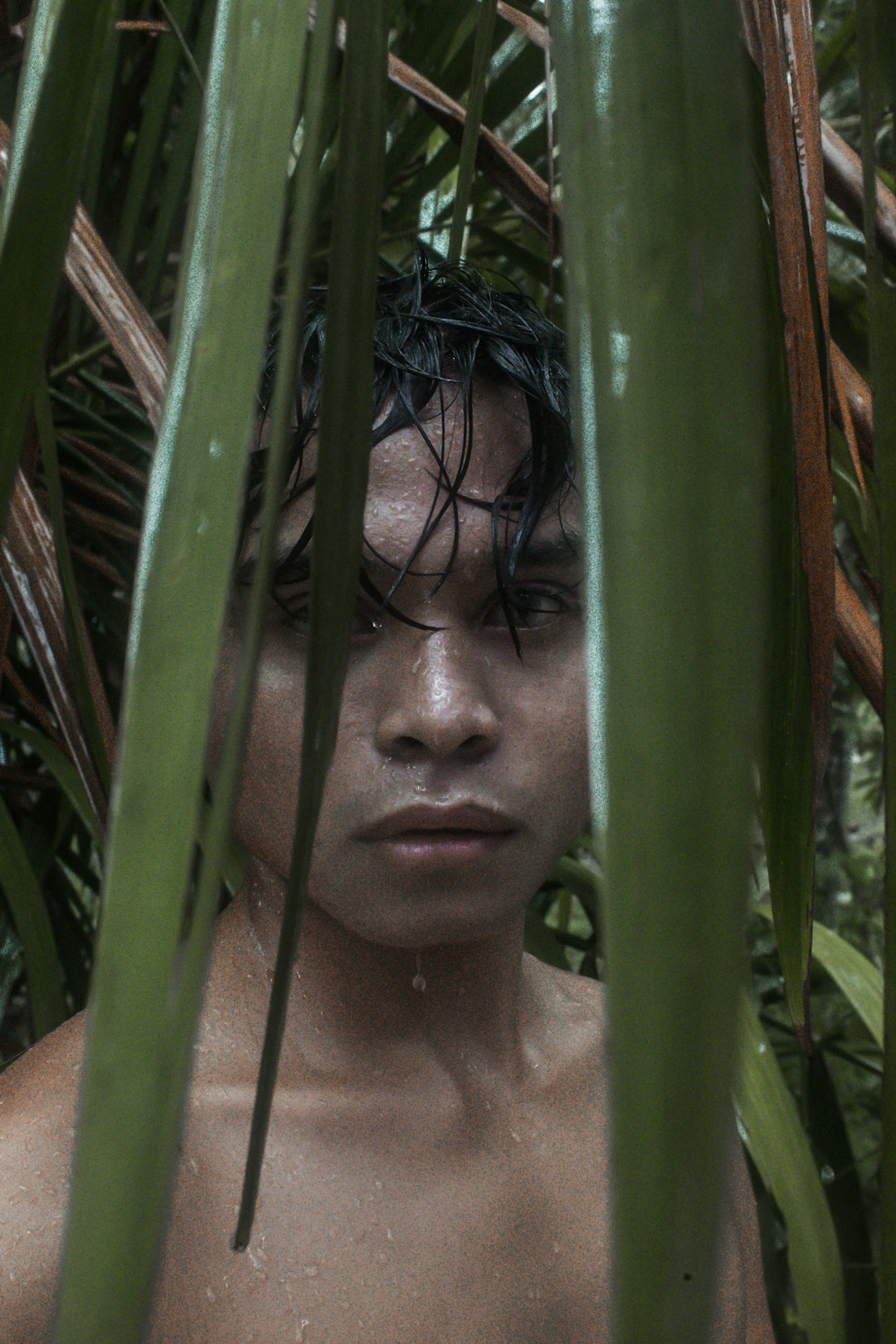
The Sentinelese force science to sharpen its ethics and its tools at the same time. Classic anthropology prized immersion; here, the gold standard is restraint and methodological minimalism. Their case illuminates how to protect uncontacted peoples from the twin hazards of disease and exploitation while still learning something real about human adaptability. It also pushes conservationists to see cultural diversity as part of biodiversity, worthy of legal habitats and buffers just like coral gardens and sea turtles.
Compared with extractive past expeditions, today’s approach maximizes inference and minimizes intrusion, and that shift carries lessons far beyond one island. Public agencies and researchers can measure success not by how much data they take home, but by how little disturbance they leave behind. In short: North Sentinel reframes progress as patience. That’s a valuable correction for every field that touches vulnerable communities.
Global Perspectives
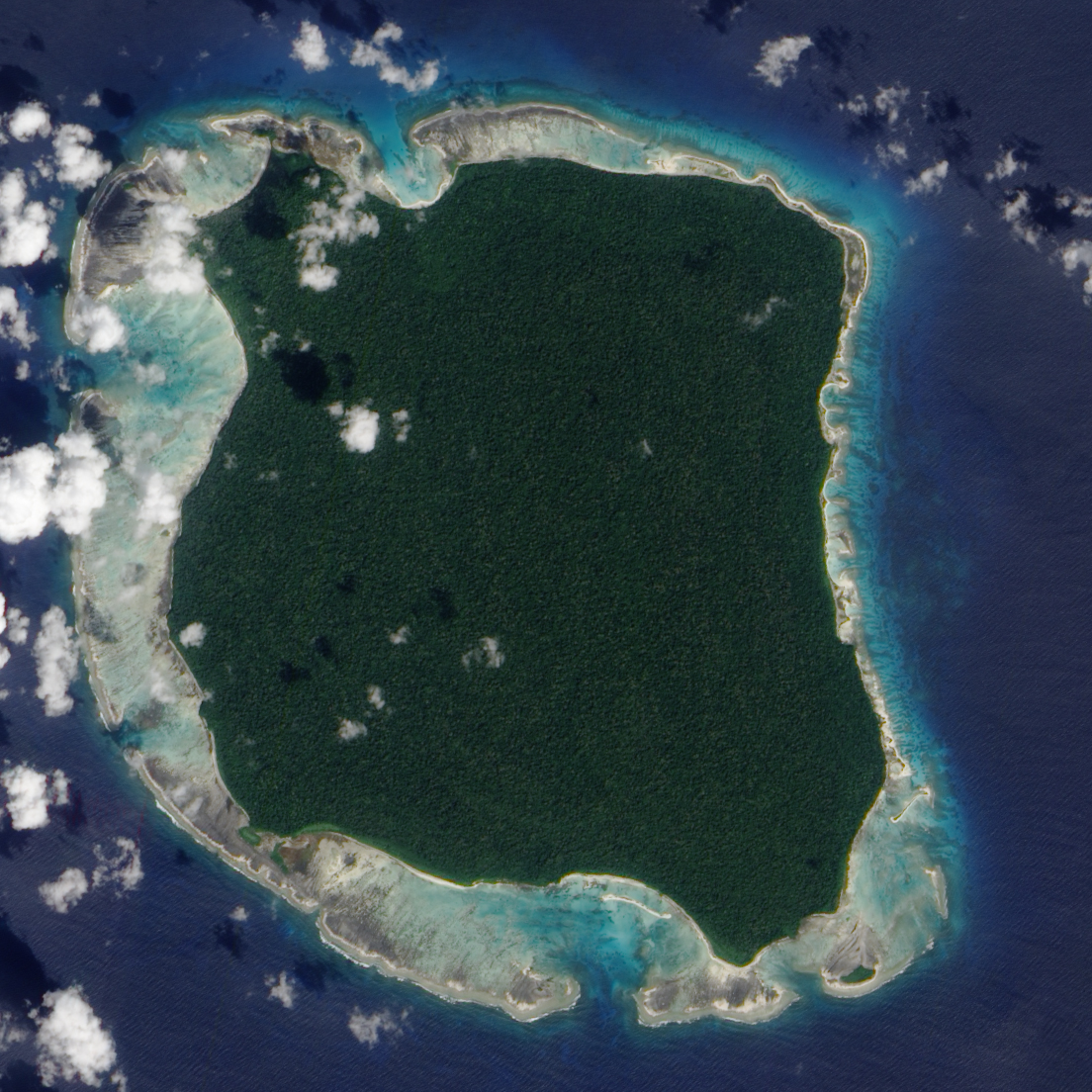
The Sentinelese are not alone in their insistence on distance; protections for uncontacted groups in the Amazon and Papua echo the same logic. In each case, disease history is devastating, and in each case, non-contact policies reduce mortality and cultural collapse. Yet geography matters: reefs, patrolable waters, and a single small island give India tools many rainforest states lack. That makes North Sentinel both a unique success story and a test of long-term vigilance.
Global conversations about indigenous rights often stall on theory; the Sentinelese make the stakes concrete. If a few square miles of forest and lagoon can protect a living archive of human possibility, then maritime buffers and legal firewalls are not abstractions but lifesaving infrastructure. The island becomes a lighthouse for rights-based conservation, visible well beyond the Andaman Sea. Keeping it lit requires resisting the siren pull of spectacle and unauthorized adventure.
The Future Landscape

Tomorrow’s threats will arrive not just by boat but by bandwidth: drones, long-lens intrusions, even real-time streams that turn a shoreline into content. Countermeasures are coming into focus – geofenced shipping routes, stricter penalties for illegal operators, better AIS monitoring, and rapid-response patrols that treat the exclusion zone like a marine park with human residents. Climate change complicates everything, tightening cyclones and nudging seas higher around low-lying shores. Preparedness will mean safeguarding the reefs and forests that buffer storm energy as much as enforcing laws.
Science, too, is evolving toward non-invasive fidelity. Higher-resolution satellites, acoustic monitoring at sea, and ecological modeling can track environmental pressures without crossing the ethical line. The aim is not to know the Sentinelese, but to know enough about their surroundings to keep outside risks low. Protection scales; interference doesn’t.
Ten Data Points Worth Holding
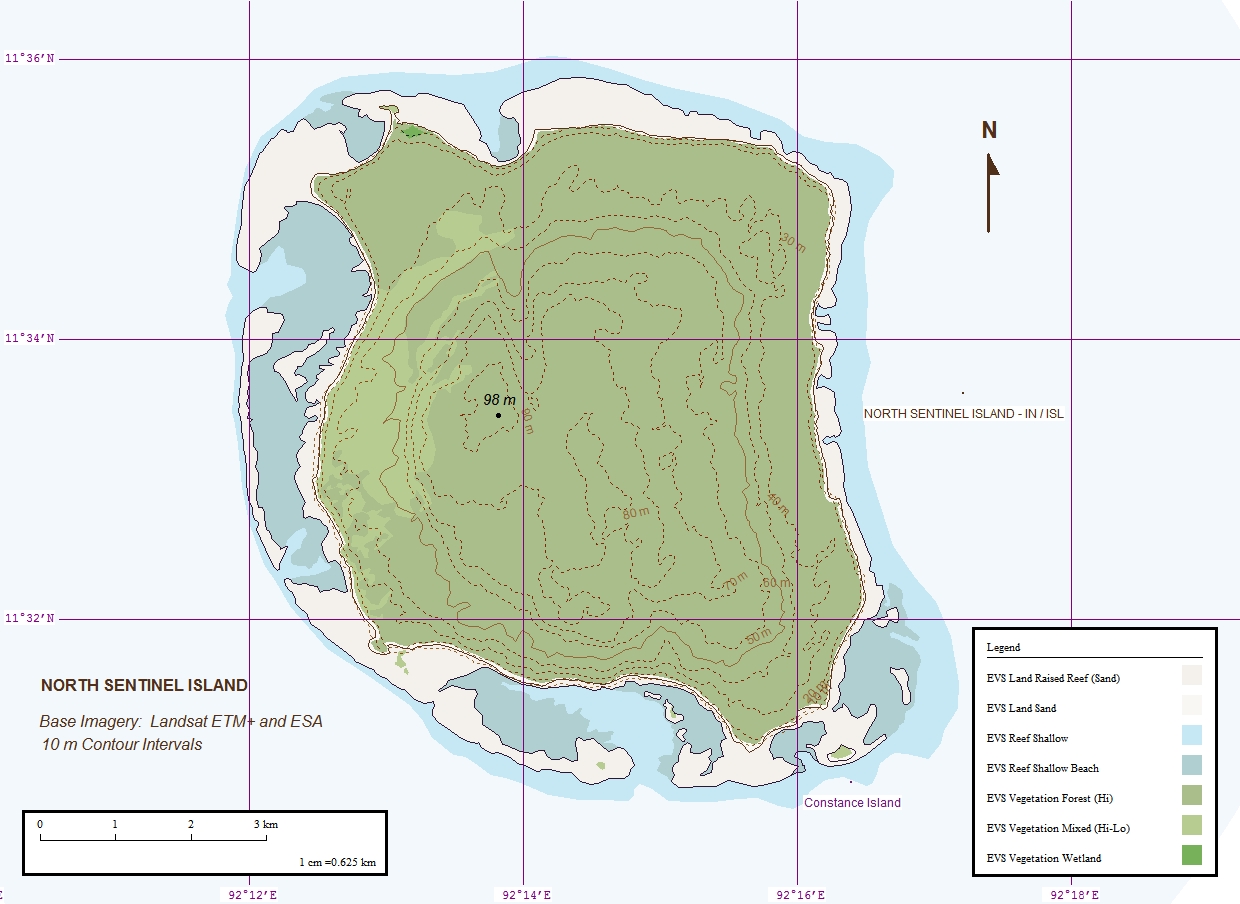
Some facts help anchor the story without inviting intrusion. North Sentinel Island covers roughly about sixty square kilometers, framed by reefs that act like a natural moat and pantry. The legally enforced no-approach zone extends for several kilometers, with patrols to deter fishing and curiosity runs. A small, uncounted population – likely between a few dozen and a couple of hundred – occupies scattered hamlets under the canopy.
Contact attempts ended in the late 1990s in favor of non-contact protocols, with rare aerial or maritime checks for welfare during disasters. The community’s toolkit includes bows, arrows, spears, adzes, fire, and shallow-water canoes, sometimes incorporating scavenged metal from shipwrecks just offshore. Serious harm has come from trespassers, not storms, reinforcing the logic of distance. The outline remains stable because the boundary does.
The Ethics of Curiosity: What You Can Do

Curiosity is natural; entitlement is not. The most helpful action is to respect India’s lawful no-contact policy and refuse to share or amplify imagery that violates it. Support organizations and local authorities that prioritize uncontacted peoples’ rights, from funding marine patrols to backing reef and forest conservation that shields the island’s food web. Responsible tourism means steering clear of operators who promise “close views” or illegal approaches.
Small steps travel far. Learn about the Indigenous histories of the Andamans without turning living peoples into exhibits, and talk openly about why non-contact is a form of consent. Encourage media outlets to cover the Sentinelese with accuracy and restraint, focusing on policy and protection, not spectacle. Respect is the action item.

Suhail Ahmed is a passionate digital professional and nature enthusiast with over 8 years of experience in content strategy, SEO, web development, and digital operations. Alongside his freelance journey, Suhail actively contributes to nature and wildlife platforms like Discover Wildlife, where he channels his curiosity for the planet into engaging, educational storytelling.
With a strong background in managing digital ecosystems — from ecommerce stores and WordPress websites to social media and automation — Suhail merges technical precision with creative insight. His content reflects a rare balance: SEO-friendly yet deeply human, data-informed yet emotionally resonant.
Driven by a love for discovery and storytelling, Suhail believes in using digital platforms to amplify causes that matter — especially those protecting Earth’s biodiversity and inspiring sustainable living. Whether he’s managing online projects or crafting wildlife content, his goal remains the same: to inform, inspire, and leave a positive digital footprint.

